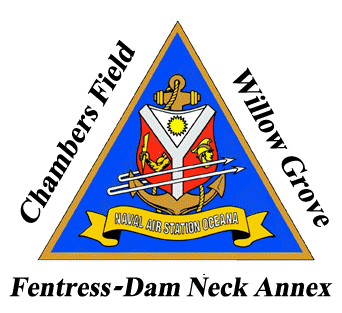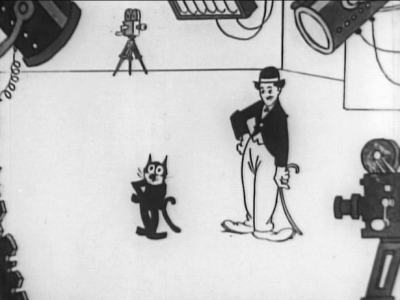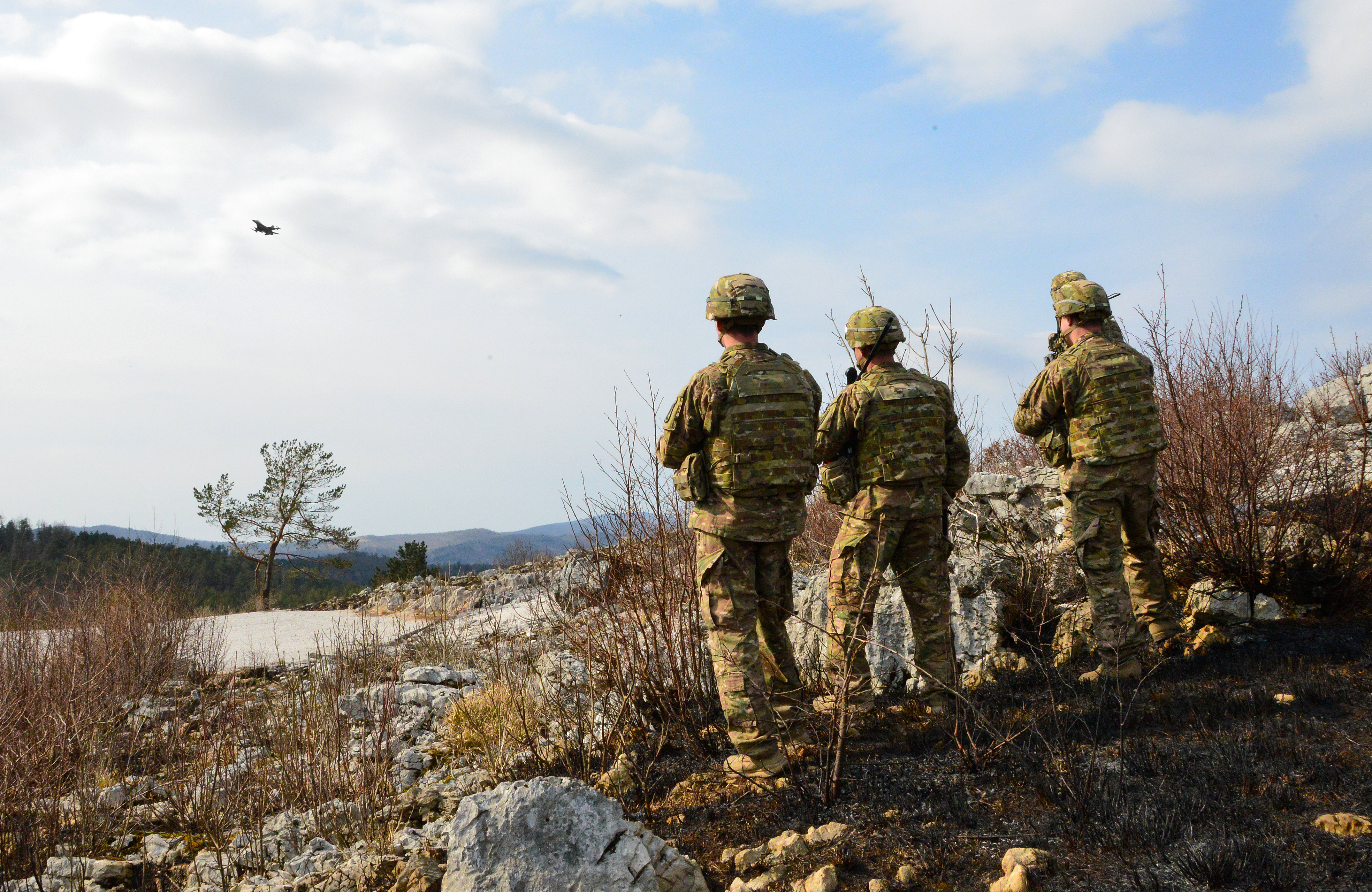|
VF-31
VFA-31 or Strike Fighter Squadron 31 is known as the ''Tomcatters'', callsign "Felix", a United States Navy strike fighter squadron stationed at Naval Air Station Oceana flying the F/A-18E Super Hornet. The Tomcatters are the second oldest Navy Fighter Attack squadron operating today. Squadron insignia and nickname The squadron was originally known as the ''Shooting Stars''. The original "Felix the Cat" squadron was VF-3. After the Battle of Midway, VF-3 and VF-6 swapped designations on 15 July 1943, resulting in a three-year controversy as to which squadron owned the Felix name and emblem until VF-3 was re-designated VF-3A on 15 November 1946, and awarded the official approval to adopt Felix the Cat by the Chief of Naval Operations (CNO). VF-3A was then re-designated VF-31 on August 7, 1948. The emblem and mascot is the famous cartoon character Felix the Cat, running with a large spherical black bomb with a lit fuse. The yellow field and outline were omitted from the aircraft an ... [...More Info...] [...Related Items...] OR: [Wikipedia] [Google] [Baidu] |
Grumman F-14 Tomcat
The Grumman F-14 Tomcat is an American carrier-capable supersonic, twin-engine, two-seat, twin-tail, variable-sweep wing fighter aircraft. The Tomcat was developed for the United States Navy's Naval Fighter Experimental (VFX) program after the collapse of the General Dynamics-Grumman F-111B project. The F-14 was the first of the American Teen Series fighters, which were designed incorporating air combat experience against MiG fighters during the Vietnam War. The F-14 first flew on 21 December 1970 and made its first deployment in 1974 with the U.S. Navy aboard , replacing the McDonnell Douglas F-4 Phantom II. The F-14 served as the U.S. Navy's primary maritime air superiority fighter, fleet defense interceptor, and tactical aerial reconnaissance platform into the 2000s. The Low Altitude Navigation and Targeting Infrared for Night ( LANTIRN) pod system was added in the 1990s and the Tomcat began performing precision ground-attack missions. The Tomcat was retired by U.S. Navy ... [...More Info...] [...Related Items...] OR: [Wikipedia] [Google] [Baidu] |
Naval Air Station Oceana
Naval Air Station (NAS) Oceana or NAS Oceana is a United States Navy Naval Air Station located in Virginia Beach, Virginia. Nowadays, the station is located on 23.9 km2. It has total of 250 aircraft deployed and buildings valued at $800 million in plant replacement value. The total Navy community (which includes spouses) count for around 20.000 people. The base is under the jurisdiction of Navy Region Mid-Atlantic and is the headquarters of Strike Fighter Wing Atlantic and Carrier Air Wings 1, 3, 7 and 8. As home to all East Coast strike fighter jet squadrons, the Naval Air Station is classified as a master jet base. The airfield is known as Apollo Soucek Field, named after Lieutenant (later Admiral) Apollo Soucek, a Navy test pilot who set the global altitude record in 1930 by flying a Curtiss ''"Hawk"'' biplane to an altitude of 43,166 feet. Constructed in 1941, and officially commissioned in 1943, NAS Oceana has been home to carrier-based aircraft since its inc ... [...More Info...] [...Related Items...] OR: [Wikipedia] [Google] [Baidu] |
NAS Oceana
Naval Air Station (NAS) Oceana or NAS Oceana is a United States Navy Naval Air Station located in Virginia Beach, Virginia. Nowadays, the station is located on 23.9 km2. It has total of 250 aircraft deployed and buildings valued at $800 million in plant replacement value. The total Navy community (which includes spouses) count for around 20.000 people. The base is under the jurisdiction of Navy Region Mid-Atlantic and is the headquarters of Strike Fighter Wing Atlantic and Carrier Air Wing 1, Carrier Air Wings 1, Carrier Air Wing Three, 3, Carrier Air Wing Seven, 7 and Carrier Air Wing Eight, 8. As home to all East Coast strike fighter jet squadrons, the Naval Air Station is classified as a master jet base. The airfield is known as Apollo Soucek Field, named after Lieutenant (later Admiral) Apollo Soucek, a Navy test pilot who set the global altitude record in 1930 by flying a Curtiss Aeroplane and Motor Company, Curtiss ''"Hawk"'' biplane to an altitude of 43,166 feet. ... [...More Info...] [...Related Items...] OR: [Wikipedia] [Google] [Baidu] |
Carrier Air Wing Eight
Carrier Air Wing Eight (CVW-8), is a United States Navy aircraft carrier air wing based at Naval Air Station Oceana, Virginia. The air wing is attached to the aircraft carrier Mission To conduct carrier air warfare operations and assist in the planning, control, coordination and integration of nine air wing squadrons in support of carrier air warfare including; Interception and destruction of enemy aircraft and missiles in all-weather conditions to establish and maintain local air superiority. All-weather offensive air-to-surface attacks, Detection, localization, and destruction of enemy ships and submarines to establish and maintain local sea control. Aerial photographic, sighting, and electronic intelligence for naval and joint operations. Airborne early warning service to fleet forces and shore warning nets. Airborne electronic countermeasures. In-flight refueling operations to extend the range and the endurance of air wing aircraft and Search and rescue operations. Subordina ... [...More Info...] [...Related Items...] OR: [Wikipedia] [Google] [Baidu] |
Felix The Cat
Felix the Cat is a cartoon character created in 1919 by Pat Sullivan and Otto Messmer during the silent film era. An anthropomorphic black cat with white eyes, a black body, and a giant grin, he was one of the most recognized cartoon characters in film history. Felix was the first animated character to attain a level of popularity sufficient to draw movie audiences. Felix originated from the studio of Australian cartoonist- film entrepreneur Pat Sullivan. Either Sullivan himself or his lead animator, American Otto Messmer, created the character. What is certain is that Felix emerged from Sullivan's studio, and cartoons featuring the character became big in popular culture. Aside from the animated shorts, Felix starred in a comic strip (drawn by Sullivan, Messmer and later Joe Oriolo) beginning in 1923, and his image soon adorned merchandise such as ceramics, toys and postcards. Several manufacturers made stuffed Felix toys. Jazz bands such as Paul Whiteman's played songs ... [...More Info...] [...Related Items...] OR: [Wikipedia] [Google] [Baidu] |
Boeing F/A-18E/F Super Hornet
The Boeing F/A-18E and F/A-18F Super Hornet are twin-engine, carrier-capable, multirole fighter aircraft variants based on the McDonnell Douglas F/A-18 Hornet. The F/A-18E single-seat and F/A-18F tandem-seat variants are larger and more advanced derivatives of the F/A-18C and D Hornet. The Super Hornet has an internal 20 mm M61 rotary cannon and can carry air-to-air missiles and air-to-surface weapons. Additional fuel can be carried in up to five external fuel tanks and the aircraft can be configured as an airborne tanker by adding an external air-to-air refueling system. Designed and initially produced by McDonnell Douglas, the Super Hornet first flew in 1995. Low-rate production began in early 1997 with full-rate production starting in September 1997, after the merger of McDonnell Douglas and Boeing the previous month. The Super Hornet entered fleet service with the United States Navy in 1999, replacing the Grumman F-14 Tomcat, which was retired in 2006; the Super ... [...More Info...] [...Related Items...] OR: [Wikipedia] [Google] [Baidu] |
McDonnell F2H Banshee
The McDonnell F2H Banshee (company designation McDonnell Model 24) is an American single-seat carrier-based jet fighter aircraft deployed by the United States Navy and United States Marine Corps from 1948 to 1961. A development of the FH Phantom, it was one of the primary American fighters used during the Korean War, and was the only jet-powered fighter deployed by the Royal Canadian Navy.Mesko, 2002, p.48 The aircraft's name is derived from the banshee of Irish mythology. Design and development The Banshee was a development of the FH Phantom, and planning started before the Phantom entered production. McDonnell engineers intended the aircraft to be a modified Phantom that shared many parts with the earlier aircraft, but it soon became clear that the need for heavier armament, greater internal fuel capacity, and other improvements would make the idea infeasible.Mesko, 2002, p.10 The new aircraft would use much larger and more powerful engines, a pair of newly developed Westi ... [...More Info...] [...Related Items...] OR: [Wikipedia] [Google] [Baidu] |
F/A-18E Super Hornet
The Boeing F/A-18E and F/A-18F Super Hornet are twin-engine, carrier-capable, multirole fighter aircraft variants based on the McDonnell Douglas F/A-18 Hornet. The F/A-18E single-seat and F/A-18F tandem-seat variants are larger and more advanced derivatives of the F/A-18C and D Hornet. The Super Hornet has an internal 20 mm M61 rotary cannon and can carry air-to-air missiles and air-to-surface weapons. Additional fuel can be carried in up to five external fuel tanks and the aircraft can be configured as an airborne tanker by adding an external air-to-air refueling system. Designed and initially produced by McDonnell Douglas, the Super Hornet first flew in 1995. Low-rate production began in early 1997 with full-rate production starting in September 1997, after the merger of McDonnell Douglas and Boeing the previous month. The Super Hornet entered fleet service with the United States Navy in 1999, replacing the Grumman F-14 Tomcat, which was retired in 2006; the Super ... [...More Info...] [...Related Items...] OR: [Wikipedia] [Google] [Baidu] |
Close Air Support
In military tactics, close air support (CAS) is defined as air action such as air strikes by fixed or rotary-winged aircraft against hostile targets near friendly forces and require detailed integration of each air mission with fire and movement of these forces and attacks with aerial bombs, glide bombs, missiles, rockets, autocannons, machine guns, and even directed-energy weapons such as lasers.''Close Air Support''. United States Department of Defense, 2014. The requirement for detailed integration because of proximity, fires or movement is the determining factor. CAS may need to be conducted during shaping operations with Special Operations Forces (SOF) if the mission requires detailed integration with the fire and movement of those forces. A closely related subset of air interdiction (AI), battlefield air interdiction, denotes interdiction against units with near-term effects on friendly units, but which does not require integration with friendly troop movements. The ter ... [...More Info...] [...Related Items...] OR: [Wikipedia] [Google] [Baidu] |
McDonnell-Douglas F-4 Phantom II
The McDonnell Douglas F-4 Phantom II is an American tandem two-seat, twin-engine, all-weather, long-range supersonic jet interceptor and fighter-bomber originally developed by McDonnell Aircraft for the United States Navy.Swanborough and Bowers 1976, p. 301. Proving highly adaptable, it entered service with the Navy in 1961 before it was adopted by the United States Marine Corps and the United States Air Force, and by the mid-1960s it had become a major part of their air arms. Phantom production ran from 1958 to 1981 with a total of 5,195 aircraft built, making it the most produced American supersonic military aircraft in history, and cementing its position as an iconic combat aircraft of the Cold War."F-4 Phantoms Phabulous 40th" Boeing. Retrieved : 27 November 2012. [...More Info...] [...Related Items...] OR: [Wikipedia] [Google] [Baidu] |
United States Navy
The United States Navy (USN) is the maritime service branch of the United States Armed Forces and one of the eight uniformed services of the United States. It is the largest and most powerful navy in the world, with the estimated tonnage of its active battle fleet alone exceeding the next 13 navies combined, including 11 allies or partner nations of the United States as of 2015. It has the highest combined battle fleet tonnage (4,635,628 tonnes as of 2019) and the world's largest aircraft carrier fleet, with eleven in service, two new carriers under construction, and five other carriers planned. With 336,978 personnel on active duty and 101,583 in the Ready Reserve, the United States Navy is the third largest of the United States military service branches in terms of personnel. It has 290 deployable combat vessels and more than 2,623 operational aircraft . The United States Navy traces its origins to the Continental Navy, which was established during the American Revo ... [...More Info...] [...Related Items...] OR: [Wikipedia] [Google] [Baidu] |
Battle Of Midway
The Battle of Midway was a major naval battle in the Pacific Theater of World War II that took place on 4–7 June 1942, six months after Japan's attack on Pearl Harbor and one month after the Battle of the Coral Sea. The U.S. Navy under Admirals Chester W. Nimitz, Frank J. Fletcher, and Raymond A. Spruance defeated an attacking fleet of the Imperial Japanese Navy under Admirals Isoroku Yamamoto, Chūichi Nagumo, and Nobutake Kondō north of Midway Atoll, inflicting devastating damage on the Japanese fleet. Military historian John Keegan called it "the most stunning and decisive blow in the history of naval warfare", while naval historian Craig Symonds called it "one of the most consequential naval engagements in world history, ranking alongside Salamis, Trafalgar, and Tsushima Strait, as both tactically decisive and strategically influential". Hoping to lure the American aircraft carriers into a trap and occupying Midway was part of an overall "barrier" strategy to extend ... [...More Info...] [...Related Items...] OR: [Wikipedia] [Google] [Baidu] |
.jpg)


_insignia%2C_2015.png)
_insignia_2015.png)



.jpg)


